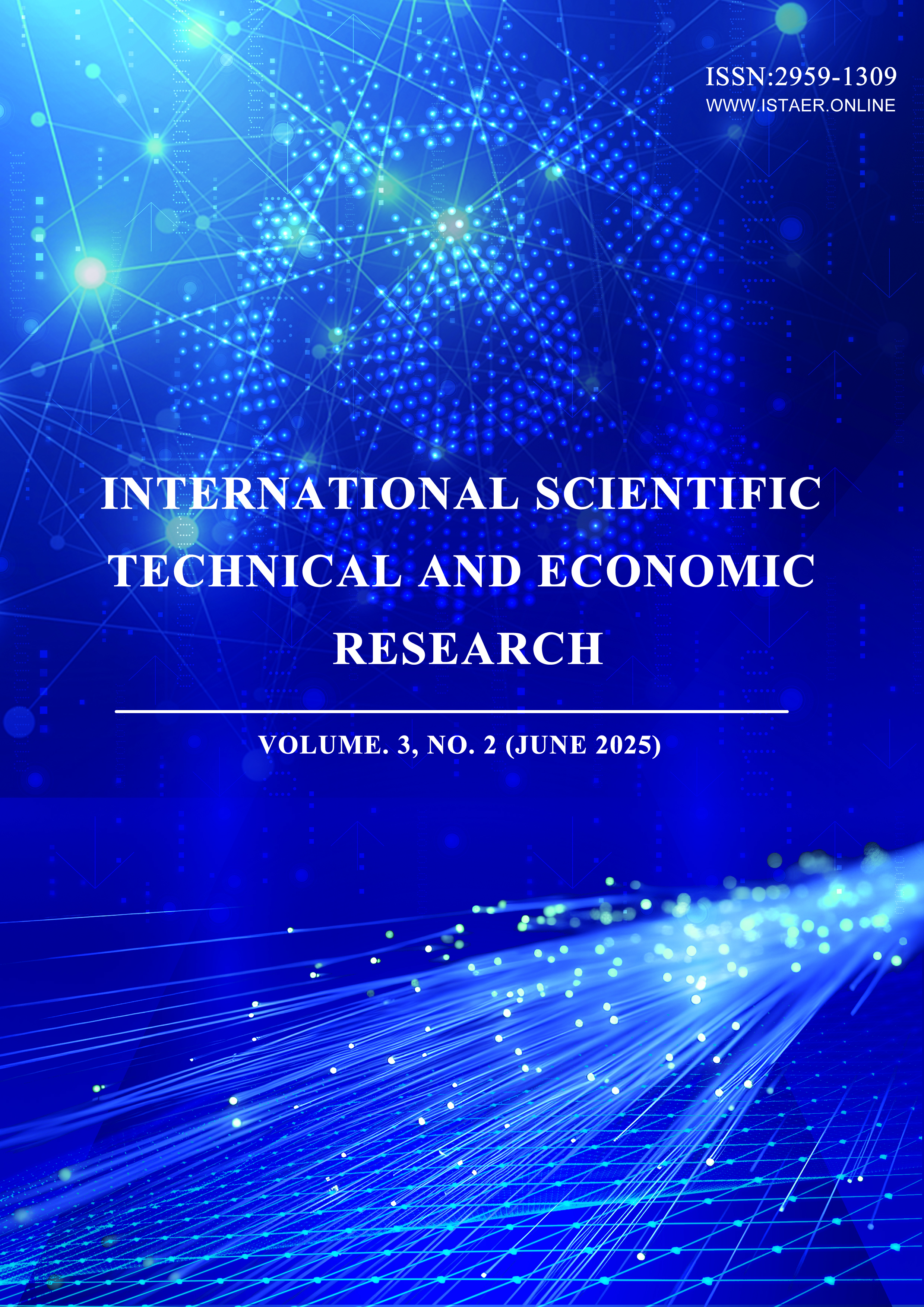A Study on the Intervention Effect of Discourse Coherence Theory in High School English Writing Teaching
DOI:
https://doi.org/10.71451/ISTAER2527Keywords:
Discourse Coherence Theory; High School English Writing; Writing Coherence; Teaching Intervention; English Writing TeachingAbstract
This study aims to explore the application effect of discourse coherence theory in high school English writing teaching. With the teaching of high school English writing, students often face problems such as unclear logic and lack of coherence in articles. Traditional teaching methods are difficult to effectively solve these problems. As a linguistic theory, discourse coherence theory emphasizes the internal connection and logical connection between sentences and paragraphs in articles, which can effectively improve students' writing coherence. This study conducted an experiment on students in high school English writing courses and divided them into an experimental group and a control group. The experimental group applied discourse coherence theory in teaching to intervene, focusing on training students to use cohesive words, paragraph organization and information flow arrangement in writing. The results show that the writing coherence and overall writing quality of students in the experimental group have been significantly improved, especially in paragraph cohesion, sentence logic and orderly presentation of information flow. This study shows that the application of discourse coherence theory in high school English writing teaching can effectively improve students' writing ability and provide a useful reference for future teaching practice.
References
[1] Suryadi, S., & Erlangga, F. (2025). Enhancing Students' Writing Skills through Writing Techniques and Mastery of Different Discourse Markers. AL-ISHLAH: Jurnal Pendidikan, 17(2).
[2] Anindita, P. (2024). Cohesion and coherence problems among non-native English students’ writing essays. Journal of Lensa: Linguistics, Literature, and Culture, 14(1), 58-79. DOI: https://doi.org/10.26714/lensa.14.1.2024.58-79
[3] Wei, R., & Zhao, X. (2024). Effects of task-based language teaching on functional adequacy in L2 writing. Assessing Writing, 60, 100838. DOI: https://doi.org/10.1016/j.asw.2024.100838
[4] Peltzer, K., Lira Lorca, A., Krause, U. M., Graham, S., & Busse, V. (2025). Effects of feedback on deep-level features of argumentative writing over multiple drafts: Insights from an intervention study with secondary EFL students. Reading and Writing, 1-32. DOI: https://doi.org/10.1007/s11145-025-10638-8
[5] Alzahrani, F. K. J., & Alotaibi, H. H. (2024). The impact of artificial intelligence on enhancing EFL writing skills among high school students. Journal of Educational and Human Sciences, (34), 226-240. DOI: https://doi.org/10.33193/JEAHS.34.2024.482
[6] Zhao, D. (2025). The impact of AI-enhanced natural language processing tools on writing proficiency: An analysis of language precision, content summarization, and creative writing facilitation. Education and Information Technologies, 30(6), 8055-8086. DOI: https://doi.org/10.1007/s10639-024-13145-5
[7] Baptista Reforsado, M., & Lacar-Raymundo, J. (2024). Syntactical Structure Competence in Academic Writing of Senior High School Students: Designing a Contextualized Instructional Material. International Journal of Linguistics, Literature & Translation, 7(7). DOI: https://doi.org/10.32996/ijllt.2024.7.7.10
[8] Jao, C. Y., Yeh, H. C., & Hung, H. T. (2024). Exploring the effects of robot-assisted multimodal composition on students’ audience awareness for English writing. Computer Assisted Language Learning, 1-29. DOI: https://doi.org/10.1080/09588221.2023.2300972
[9] Payung, N. F., & Sukarno, S. (2025). Enhancing EFL Students’ Writing Skills: The Impact of Deepl Translation. Journal of Languages and Language Teaching, 13(1), 483-493. DOI: https://doi.org/10.33394/jollt.v13i1.12301
[10] Fu, X., & Relyea, J. E. (2024). Exploring the Role of Mind Mapping Tools in Scaffolding Narrative Writing in English for Middle-School EFL Students. Education Sciences, 14(10), 1119. DOI: https://doi.org/10.3390/educsci14101119
Downloads
Published
Issue
Section
License
Copyright (c) 2025 International Scientific Technical and Economic Research

This work is licensed under a Creative Commons Attribution-NonCommercial-NoDerivatives 4.0 International License.
This work is licensed under the Creative Commons Attribution International License (CC BY 4.0).




